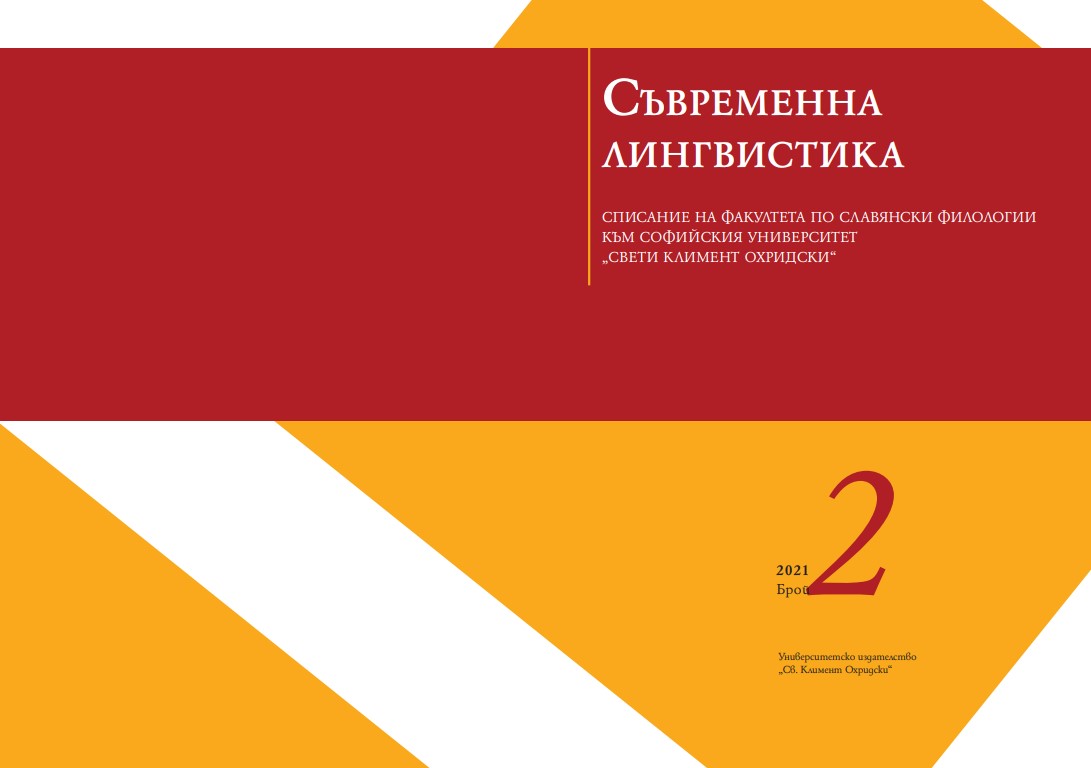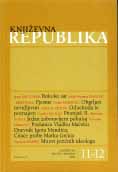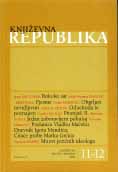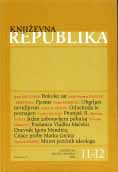
Алюзивните заглавията (и референтите), с които продължаваме да живеем
(Някои аспекти на знаковостта на заглавието в пресата)
The text of this article and part of a larger study completed in 2015. The reason for choosing it is related to the obvious permanence of the studied material, as well as the similar sociopolitical situation in 2021. I am convinced that the titles of the excerpted material for the previous period will coincide with many of the titles in the present.
More...


